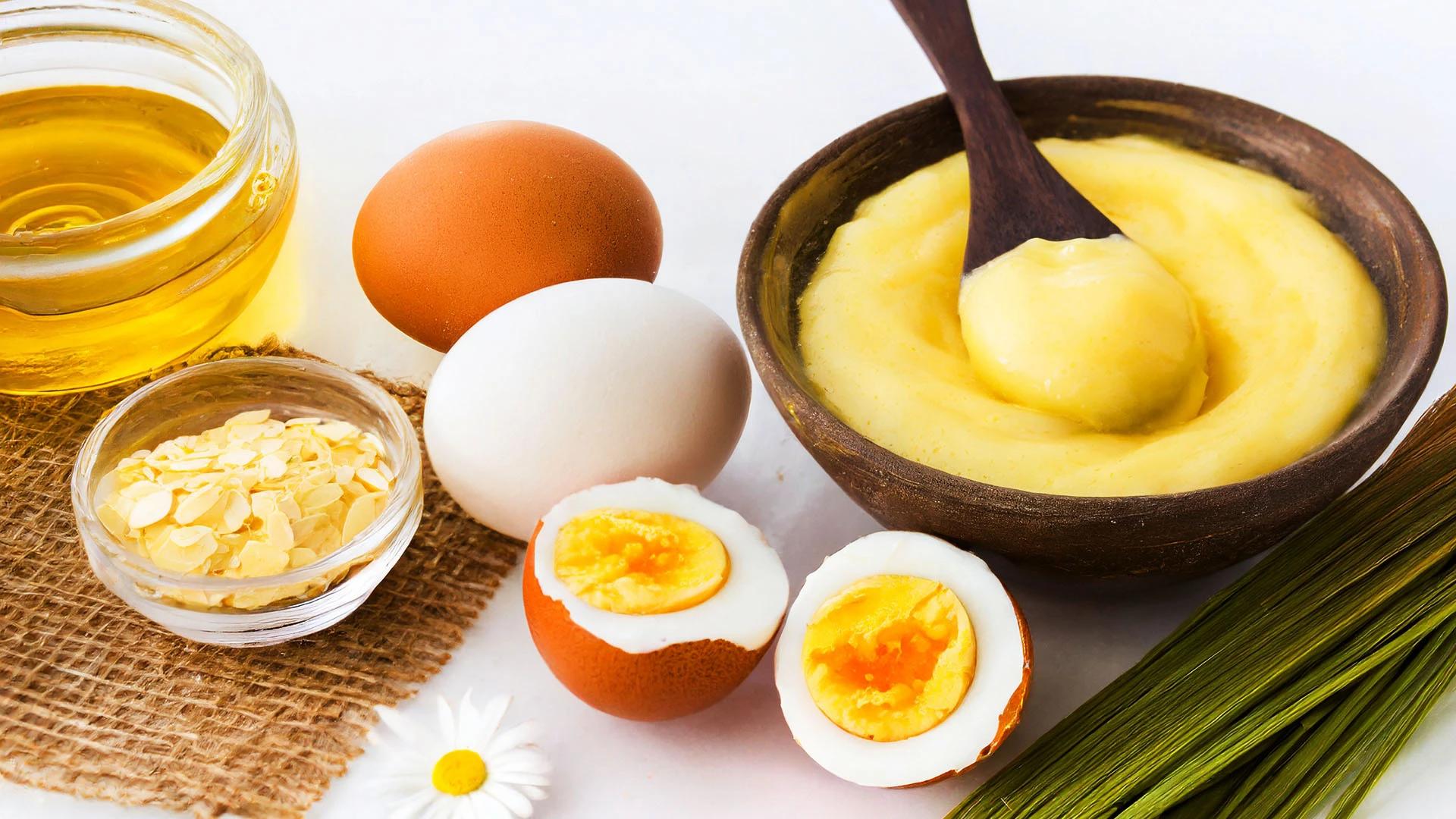More isn't always better with face masks. Most skin types do well with 2-3 masks per week maximum. Over-masking can actually irritate your skin, so listen to what it's telling you. If you notice any redness or sensitivity, scale back the frequency.
Complementary Skincare Practices
Masks work best as part of a complete routine. Follow up with a gentle moisturiser to lock in the benefits. Don't forget SPF during the day, especially after using masks with natural acids or exfoliating ingredients that can make skin more sensitive to sun.
Common Mistakes to Avoid
Even with the best intentions, it's easy to make mistakes when you're starting your homemade skincare journey. Learning what not to do can save your skin from unnecessary irritation and help you get better results.
Over-Exfoliation
It's tempting to scrub away all your skin concerns, but over-exfoliating can damage your skin barrier. Stick to exfoliating masks once or twice a week maximum. If your skin feels raw or looks red after exfoliating, you've gone too far.
Ignoring Allergies and Sensitivities
Just because something's natural doesn't mean it's automatically safe for everyone. Always patch test new ingredients 24 hours before using them on your face. Common allergens include nuts, citrus, and certain essential oils. When in doubt, skip it.
Improper Storage
Homemade masks don't have preservatives, so they spoil quickly. Never leave masks at room temperature for more than a few hours. If you're storing them, use clean containers and keep them refrigerated. Toss anything that smells off or looks different.
Frequently Asked Questions
How often should I use homemade face masks?
Most people do well with 2-3 masks per week. Start with once weekly and see how your skin responds. Sensitive skin types might prefer once every 10 days, whilst oily skin can often handle more frequent treatments.
Can I combine different recipes for added benefits?
Absolutely! Multi-masking is quite popular—using different masks on different areas of your face. You might use a clay mask on your T-zone and a hydrating mask on your cheeks. Just avoid mixing too many active ingredients at once.
Are natural face masks suitable for all skin types?
Most natural ingredients are gentle enough for all skin types, but individual reactions can vary. Those with very sensitive skin should stick to simple, single-ingredient masks initially. Always patch test, especially if you have known allergies.
How long can I store homemade face masks?
Fresh is always best, but properly stored masks can last 2-3 days in the refrigerator. Masks containing dairy or fresh fruits spoil quickest. If anything smells odd, changes colour, or develops an unusual texture, bin it immediately.
Final Thoughts
Creating your own natural skincare recipes at home isn't just about saving money—it's about taking control of your skincare routine and really understanding what works for your skin. These organic beauty treatments let you experiment without the commitment of buying full-size products, and honestly, that's quite liberating. Whether you're whipping up a quick hydrating mask before a night out or treating yourself to a weekly pamper session, homemade masks offer a lovely way to care for your skin. Start simple, listen to what your skin tells you, and don't be afraid to experiment with different combinations. Your skin might just surprise you with how much it loves these kitchen-created treats.


 100 gm
100 gm 100 gm
100 gm 100 gm
100 gm 100 gm
100 gm